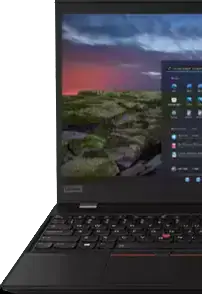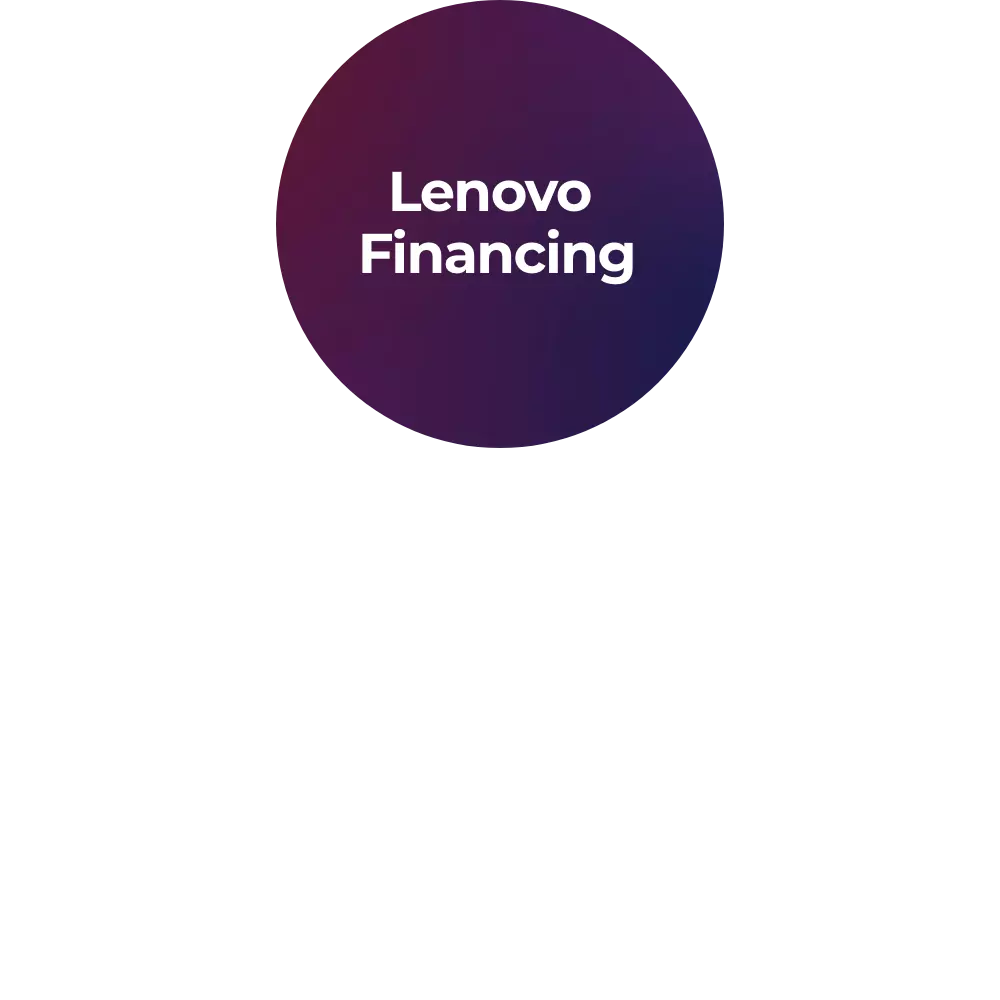What is MS-DOS?
Microsoft Disk Operating System (MS-DOS) is an operating system and was designed to run on PC compatible computers. It was primarily used as the main operating system on PCs when Windows 95 overtook it as the most popular OS of choice. These milestones illustrate the evolution of MS-DOS from a simple operating system to a key player in the personal computing revolution before Windows took the spotlight.
How did MS-DOS evolve in relation to Windows?
MS-DOS was integrated into Windows 95 as part of its command-line interface, labeled as MS-DOS 7.0, and further evolved into MS-DOS 8.0 within Windows ME.
What were the significant advancements in MS-DOS over the years?
Significant advancements included transitioning from GW-BASIC to QBasic, the addition of a full-screen text editor, and enhancements to memory management, culminating in support for larger storage devices and network functionalities.
How does MS-DOS work?
MS-DOS uses a command line interface which allows you to type in commands or execute programs by typing in your names or numbers. This means that you have direct access to the computer’s hardware, memory and all files stored on the diskettes or hard drive. You can also control the computer’s output via text, graphics and audio.
How do I use MS-DOS?
The use of MS-DOS has greatly diminished since Windows became more popular, however it still has several practical applications today. For example, you can use it to access legacy software applications not compatible with modern versions of Windows; you can also use it for troubleshooting issues with booting a PC or recovering lost data from a crashed hard drive. Additionally, some antivirus software is still designed to run directly off MS-DOS due to its low resource usage requirements and light footprint on system resources.
What is an MS-DOS prompt?
An MS DOS prompt is a visual message displayed by the operating system which provides information about the current working environment – typically giving the location of your current directory (or folder). It will usually include other options such as commands you can enter such as "DIR" (for listing files) or “CD” (for changing folders).
How to modify the command prompt in MS-DOS
Customizing the command prompt in MS-DOS can enhance your command-line experience by showing useful information such as the current directory and date. You can achieve this by using the PROMPT command, which allows you to alter the appearance and functionality of your prompt.
- Open the Command Prompt: Access the MS-DOS or command line interface on your system.
- Use the PROMPT Command: Type the PROMPT command followed by specific parameters to tailor your prompt. Here's a breakdown of some commonly used parameters:
- $p – Displays the current drive and path.
- $d – Shows the current date.
- $g – Adds a greater-than symbol (>), often used to signify where you'll enter commands.
- Example Command: Enter the following to customize your prompt: C:\> prompt $p $d$g
- Breaking it down: The command configures the prompt to display the current drive and path, followed by the date and a greater-than symbol.
- Preview the changes: After executing the command, your prompt will update immediately. It might look something like this, depending on your specific parameters: C:\UTIL Fri 11-05-2021>
This format lets you see at a glance the current directory and the date.
By using these steps, you can modify your MS-DOS command prompt to suit your preferences, providing quick access to essential info while you work.
Can I run windows programs on MS-DOS?
Unfortunately, no – although there are some utility programs available which allow you to run limited aspects of older Windows programs within an MS DOS environment. However, these will be extremely limited so if you need full compatibility then you'll need to upgrade your version of Windows instead.
Which operating systems are compatible with MS-DOS?
MS-DOS, at the peak of its influence, inspired a range of other operating systems. These alternatives offer various features and functionalities, ensuring they align closely with the original MS-DOS experience.
Here’s a look at some of the notable ones:
- DR-DOS: Originally created to rival MS-DOS, this OS underwent several transformations and rebranding efforts over the years. While not actively distributed today, it played a significant role in its era.
- FreeDOS: This open-source version continues to thrive, actively developed and supported. FreeDOS remains popular for those wanting to explore MS-DOS functionalities in an open-source environment.
- PTS-DOS: Emerging from Russia, this MS-DOS clone is still available. It offers an alternative experience for enthusiasts and is actively published.
- ROM-DOS: Specially tailored for embedded systems, ROM-DOS boasts compatibility with MS-DOS. It has been integrated into various applications since its initial release in 1989 and remains on the market for embedded software solutions.
For those eager to delve into MS-DOS, FreeDOS stands out as the preferred choice, especially for educational purposes. Each of these operating systems is engineered to operate on PCs powered by Intel x86 processors, maintaining the legacy of compatibility and performance.
What are the advantages of using MS-DOS?
MS-DOS can offer a number of advantages. It is extremely lightweight, meaning it runs quickly and uses minimal system resources; it is also highly reliable since it can be used to troubleshoot hardware issues or recover data from damaged or corrupted hard disks; and it can be run on older computers which cannot support the more modern versions of Windows. Additionally, some antivirus software still relies on MS-DOS as its main platform.
How do I install MS-DOS on my computer?
To install MS-DOS, you first need to obtain a copy of the operating system – this can usually be done online or via a computer shop if you have an old version lying around. Once you have downloaded the installation files you should then refer to your computer's user manual for instructions on how to boot into DOS mode manually (or via a floppy disk). Once in DOS Mode, simply follow the onscreen prompts to complete your installation.
What is the difference between MS-DOS and Windows?
The main difference between MS-DOS and Windows is that while Windows is a graphical user interface (GUI) which displays menus and options that users choose from with their mouse, MS-DOS provides a text-based command line interface where users type in commands directly. Additionally, Windows is much more complex than DOS with its multiple drivers, services and applications designed for different purposes.
What are some common commands used in MS-DOS?
Some common commands used in MS DOS include: ‘CD’ – Change directory; ‘DIR’ – view list of files/folders within current directory; ‘COPY’ – copy files/folders from one location to another; ‘TYPE’ – display the contents of a file on screen; ‘DEL’ – delete files/folders from disk; and ‘EDIT’ - edit text files using simpler command line editor.
How can I get started using MS-DOS?
To get started using MS-DOS, you first need to boot up your computer into its native DOS mode. This can usually be done by tapping a particular key on your keyboard during the first few seconds of powering your PC on (check your user manual for more information). Once in DOS Mode, you can explore various commands by simply typing ‘help’ and pressing enter; this will display a list of the available commands.
What are some common applications of MS-DOS?
MS-DOS is still used today for a wide range of tasks including running legacy software, data recovery, antivirus scanning, BIOS setup and configuration, system clock/date setting; system file backup/restoration; creating partitions on hard drives; troubleshooting hardware or software issues; and even programming.
How do MS-DOS emulators work?
MS-DOS emulators bridge the gap between vintage operating systems and modern computers by simulating an Intel x86-based PC environment. This enables these classic systems to run seamlessly on contemporary devices.
At their core, emulators mimic the hardware functionality of older PCs. This allows an MS-DOS or compatible operating system to operate as if it were on its original hardware. By creating this virtual environment, users can install and execute software from the DOS era.
Types of emulators
Emulators can be divided into two main categories: local and online.
- Local Emulators: These programs are installed on a modern operating system, providing the classic MS-DOS experience in a window on your desktop. They allow you to interact with DOS applications and games using the resources of your current system.
- Online Emulators: These are hosted on the web, offering instant access to MS-DOS environments through a browser. They’re ideal for users looking for quick experimentation without installing any software.
How do I download and install programs on MS-DOS?
To download and install programs on MS-DOS you need to locate an online repository of compatible files such as Softpedia. Once there you can search for the program you want to install and download the installation package (.EXE file) onto a floppy disk or USB Flash drive. This must then be inserted into your machine before running the installation command (often found within the Readme.txt or Setup.exe files).
What is the command prompt in MS-DOS and how can I use it?
The command prompt in MS-DOS is an interactive text line interface where you type in commands to your computer directly rather than selecting options from menus, you’re your mouse like modern Windows systems do. It is particularly useful when no graphical user interface is available or more complex system administration duties need to be performed.
How can I check my system information with a command line tool in MS-DOS?
You can use the 'SYSTEMINFO' command in MS-DOS to view detailed system information regarding various aspects such as memory usage, CPU information and installed programs/drivers etc. Additionally, there are other utilities that can provide even more insight into the workings of your machine such as Device Manager which shows all hardware connected to your computer; Resource Monitor which monitors memory usage in real time; and Performance Monitor which displays graphs tracking changes over time against selected performance measures.
How are batch files and application programs executed in MS-DOS?
In MS-DOS, both batch files and application programs are executed through a series of command line inputs and outputs. When you start an MS-DOS system, it brings up a command prompt, a simple interface ready to receive your inputs through issued commands on the keyboard.
Batch files
Batch files are essentially text files that contain a list of MS-DOS commands. These files often include programming features like loops or GOTO statements for control flow. To execute a batch file:
- Enter the file name: At the command prompt, type the name of the batch file.
- Automatic execution: The system reads and executes the commands sequentially from the file.
Batch files can run both built-in MS-DOS commands and external programs, making them versatile tools for automation and scripting.
Application programs
Application programs are completely different entities, generally provided as binary executable files. These programs have been compiled from source code and can perform a wide range of functions. To run an application program in MS-DOS:
- Type the Executable's Name: Input the name of the program file, including any necessary file extensions, at the command prompt.
- Programlaunch: The program takes control, interfacing with the system's input and output devices.
- Return to Command Prompt: Once the application completes its task, control reverts back to MS-DOS, and you'll see the command prompt again.
MS-DOS does support graphical applications, although it is inherently a text-based operating system. To run graphical applications, they must be installed on the system disk, which you can launch using similar command-line inputs.
In summary, whether it's batch files streamlining your command sequences or executable programs expanding MS-DOS functionalities, both are launched via straightforward commands at the MS-DOS prompt.
What is the significance of the original MS-DOS source code repository?
The release of the original MS-DOS source code on platforms like GitHub holds significant historical and educational value. By making the ancestral code for early operating systems available—specifically, versions 1.25 and 2.0—developers, enthusiasts, and students can delve into the roots of personal computing.
Here are a few reasons why this is impactful:
- Historical insight: The code allows tech enthusiasts to study how foundational PC operating systems operated. It provides a glimpse into the technological capabilities and limitations of the early 1980s, fostering a deeper understanding of how modern computing evolved.
- Educational purposes: Students in computer science and software engineering can examine real-world examples of code from a bygone era, offering a hands-on learning experience that textbooks cannot replicate.
- Experimentation and innovation: By experimenting with this code, developers can better appreciate the challenges faced by early OS developers and potentially gain inspiration for future innovations.
- Preservation of computing history: Keeping the source code accessible ensures that this pivotal era in computing is not lost to history but preserved for future generations.
In essence, the availability of the MS-DOS source code encourages the exploration and appreciation of early computing systems, contributing to both historical knowledge and future technological advancements.














